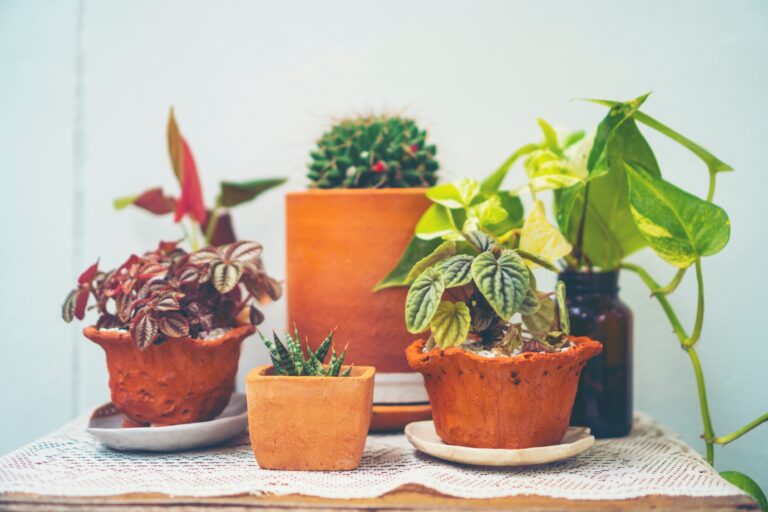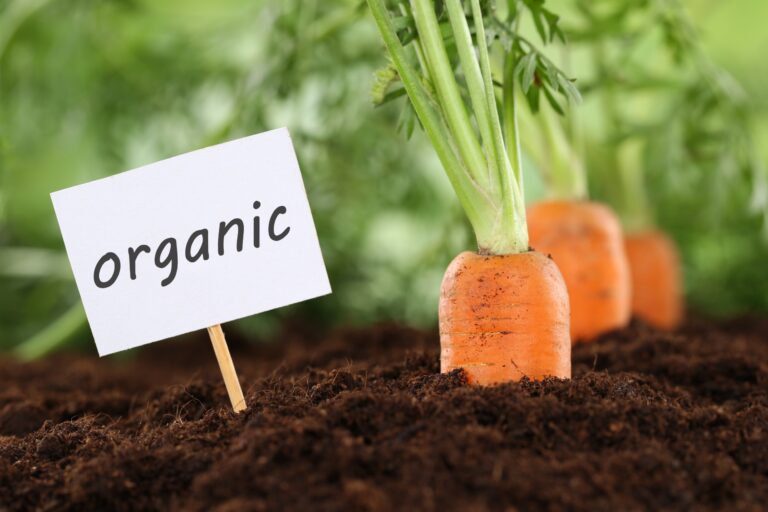Houseplants and garden plants bring life and beauty to our spaces, but they can sometimes struggle and appear to be on the brink of death. Knowing how to revive plants effectively can save money and help your greenery thrive again. Implementing a few simple strategies can bring your plants back to health and ensure they…
gardening methods
Enhance Your Garden Naturally with These Top 5 Organic Fertilizers
In an era where sustainability and organic living are more than just trends – they’re a lifestyle – the demand for natural garden care solutions is on the rise. For those with a green thumb, turning to organic fertilizers is a step towards nurturing your garden in harmony with nature. These fertilizers not only enrich…
12 Low-Maintenance Gardening Tips for the Busy Millennial
In the hustle and bustle of millennial life, finding time for hobbies and self-care can be a challenge. Gardening, often viewed as a time-consuming hobby, is a fantastic way to connect with nature and unwind, but many millennials shy away due to perceived high maintenance. However, with the right strategies, gardening can be a rewarding,…
Electroculture Gardening: Innovative Techniques for Enhancing Plant Growth
I don’t know exactly what I thought of upon hearing the term “electroculture gardening.” Nevertheless, it excited me. It has hints of raves and EDM, parties in deserts and forests, and a celebration of nature as culture. It’s something more technological – the application of electricity to create plant growth. It’s an interesting thing to…



